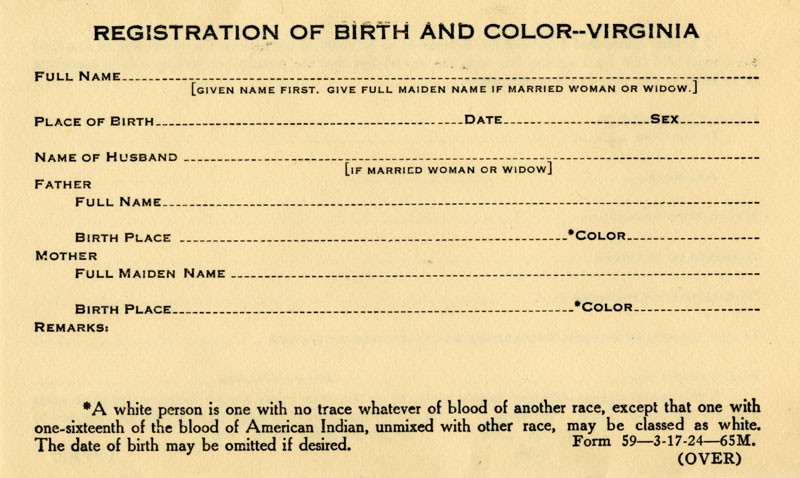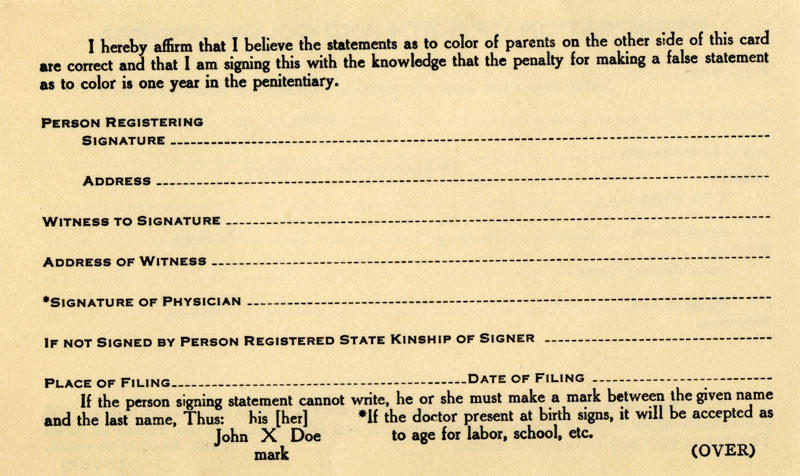Race Mixture: Boundary Crossing in Comparative PerspectivePosted in Articles, Caribbean/Latin America, Media Archive, Social Science, United Kingdom, United States on 2010-08-28 19:50Z by Steven |
Race Mixture: Boundary Crossing in Comparative Perspective
Annual Review of Sociology
August 2009
Volume 35
pages 129-146
DOI: 10.1146/annurev.soc.34.040507.134657
First published online as a Review in Advance on 2009-04-02
Edward E. Telles, Professor of Sociology
Princeton University
Christina A. Sue, Assistant Professor of Sociology
University of Colorado, Boulder
In this article, we examine a large, interdisciplinary, and somewhat scattered literature, all of which falls under the umbrella term race mixture. We highlight important analytical distinctions that need to be taken into account when addressing the related, but separate, social phenomena of intermarriage, miscegenation, multiracial identity, multiracial social movements, and race-mixture ideologies. In doing so, we stress a social constructivist approach to race mixture with a focus on boundary crossing. Finally, we also demonstrate how ideologies and practices of race mixture play out quite differently in contexts outside of the United States, particularly in Latin America. Race-mixture ideologies and practices in Latin America have been used to maintain racial inequality in the region, thus challenging recent arguments by U.S. scholars that greater racial mixture leads to a decline in racism, discrimination, and inequality.
INTRODUCTION
We define race mixture as intimate social interaction across racial boundaries, a phenomenon that has generally been analyzed under the rubric of intermarriage or miscegenation. A sociology of race mixture also involves the racial categorization, identity, politics, and social movements surrounding the progeny of race mixture, much of which falls under the subject of multiracialism. A more comprehensive analysis of race mixture also includes an examination of the national ideologies related to the idea of race mixture and the putative consequences that race mixture will destabilize and eventually erase racial boundaries. These topics are often studied as separate processes, but in this article we seek to bring some unity to an area in which these distinct areas of research overlap.
Sociologists often focus on intermarriage, which has been classically seen as indicating a final stage in the assimilation of racial and ethnic groups in that it presumably represents deep erosion of social boundaries (MM Gordon 1964, Lieberson & Waters 1988, Park 1950). Relatedly, multiracialism has become a rapidly growing topic and refers to the children of parents who self-identify in separate racial categories or to individuals who self-identify as multiracial. Some sociological attention has also been paid to miscegenation, which we define as illegitimate or informal sexual unions, although the term has often been used more broadly to include intermarriage as well. Historically, miscegenation involved highly unequal or even forced relationships; thus they were of a nearly opposite character to those involving intermarriage. Anti-miscegenation laws were able to prevent intermarriage in the United States for 300 years, but they generally were unsuccessful in preventing informal black-white sexual unions and the consequent births that followed (Davis 1991, Sollors 2000). Such unions would merely evade the strict racial boundaries of the United States but did little to challenge or erode them and therefore represent a very different social phenomenon than intermarriage.
Informal sexual unions, like intermarriages, produced so-called mixed-race individuals, who themselves have more recently become subjects of much sociological research. Analysts have examined different paths the progeny of these interracial unions have attempted to take or successfully taken; the paths range from willingly or unwillingly accepting placement in their socially assigned category, seeking a particular status without contesting the boundaries themselves, individually skirting the boundaries, or collectively redefining them (Daniel 2002, Nakashima 1992). Scholarly work has also been done on the placement of these mixed-race individuals in the social structure (Davis 1991, Degler 1971, Mörner 1967, Telles 2004).
Before proceeding, we would like to make an important note regarding terminology used in this paper. The term race mixture implies that one is combining two or more substances with distinct and generally fixed properties. In regard to race, this may seem to be especially essentialistic and biological. The very idea of race mixture or multiracialism is premised on the idea that discrete (or even pure) races exist (Goldberg 1997, Nobles 2002). On the other hand, the sociological study of race mixture refers to behaviors that involve crossing racial boundaries (Bost 2003). Our interpretation is socially constructivist and assumes that there is no biological or essentialist basis for race, but rather, race is a concept involving perceptions of reality. Race is of sociological importance because humans are categorized by race, hierarchized according to these categories, and treated accordingly. As a result, humans often create racial boundaries as a form of social closure and erect obstacles to interaction across these boundaries. At other times, they seek to diminish or otherwise change them.We are interested in how race mixture may construct or reconstruct racial boundaries. Although we recognize the conceptual problems implicit in the term race mixture, for lack of a better term and to be consistent with the literature, we continue to use it, along with related terms such as multiracialism. The concept of ethnicity is related to and sometimes overlaps with the concept of race, but the distinctions are often unclear, context-specific, and highly debatable (Cornell & Hartman 2006, Jenkins 1997, Wimmer 2008). Therefore, the extent to which our discussion is applicable to ethnic as well as race mixture would depend on how one distinguishes race from ethnicity…
Read the entire article here.

